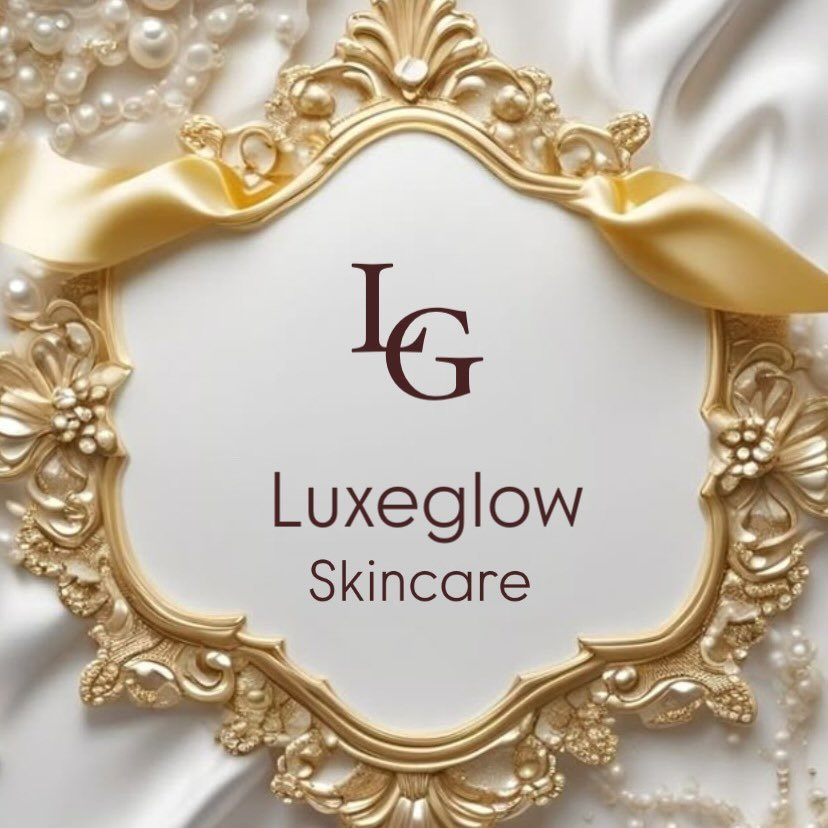Problem Addressed: Many new businesses overlook branding entirely or think it's just about a logo. They struggle to create emotional connection, consistency, and clarity—leading to poor customer retention and weak market presence.
Solution
“Branding isn’t just what you say—it’s what people feel when they hear your name.”
Launching a startup is exciting, but in the race to develop products, raise funds, and acquire customers, one crucial piece often gets pushed aside—branding.
Most startups fail to realize that a great product without a great brand is like a voice in a crowded room—it might be saying something valuable, but no one’s really listening.
In 2025, branding is no longer just a “nice-to-have”—it's a survival tool. Here's why many new businesses fail at branding in their first year, and how you can avoid their mistakes with a smart strategy.
Mistake #1: Thinking Branding = Just a Logo
“Branding goes far beyond design—it’s your promise, personality, and positioning.”
Many startups rush to Fiverr, get a decent logo, pick a color palette, and call it a day. But branding is the entire experience—how you sound, how you look, and how you make your audience feel.
Real-world example:
A new e-commerce brand "LuxeGlow" launched skincare products in 2024. Beautiful logo? Yes. But their tone on social media was inconsistent, their packaging lacked story, and their customer journey was confusing. Despite a solid product, they couldn’t retain customers.
Solution:
Define your brand voice, core message, and emotional positioning first. Then align your visual identity around that—not the other way around.
Mistake #2: Not Being Consistent Across Touchpoints
Consistency builds trust. Yet, many startups use different tones on social media, a different color scheme on packaging, and an entirely different vibe on the website.
Story:
"UrbanFuel", a health-focused drink startup, had a vibrant, Gen-Z friendly Instagram, but their website felt cold and corporate. Result? Confused customers and low conversion rates.
Solution:
Create a brand guide that covers fonts, colors, voice, visual elements, and usage guidelines. Train your entire team to follow it—especially your content creators and designers.
Mistake #3: Not Having a Clear Brand Message
“If your audience doesn’t know what you stand for, they won’t stand with you.”
Many new businesses can’t answer: What makes you different? What promise are you making? Without clarity, you become just another name in a saturated market.
Solution:
Write your brand statement like this:
“We help [target audience] achieve [transformation] through [your product or service], by [unique method or value proposition].”
Example:
“We help busy millennial moms reclaim their time and skin health through science-backed skincare made with clean ingredients and zero guesswork.”
Mistake #4: Trying to Speak to Everyone
“When you try to speak to everyone, you speak to no one.”
Startups often fear being too niche. So they keep things broad. But general branding gets lost in a world of hyper-personalization.
Story:
A SaaS startup offering project management tools tried to target both freelancers and enterprise teams. Confused messaging led to poor traction with both groups.
Solution:
Define your ideal customer avatar (ICA) clearly: age, lifestyle, problems, dreams, tone they connect with. Build your messaging specifically for them.
Mistake #5: Not Building a Brand Community
The most powerful brands in 2025 have communities, not just customers.
Example:
Glossier built a beauty brand with its community—featuring customer photos, feedback, and even co-created products. Their tribe became their strongest marketing channel.
Solution:
Engage your early users. Ask for feedback. Feature them. Build in public. Let your brand feel like a movement, not just a product.
Mistake #6: Copying Other Brands
Imitating successful brands may feel safe, but it’s dangerous. Your audience can spot a copycat instantly—and it undermines trust.
Story:
A startup selling eco-friendly notebooks copied Notion’s minimal branding. While the product was great, people dismissed it as "just another Notion clone."
Solution:
Study what works, but own your story. Be inspired—but add your voice, your mission, your DNA.
Mistake #7: Failing to Evolve the Brand
Startups grow fast—and if your brand doesn't evolve with your customer or product, it becomes outdated.
Solution:
Revisit your brand every 6 months. Re-survey your audience. Update your visuals, offers, and positioning accordingly.
How to Build a Winning Brand in 2025
Here’s a step-by-step roadmap to get your branding right from Day 1:
-
Clarify your core purpose: Why do you exist beyond profit?
-
Know your audience deeply: What do they fear, need, and desire?
-
Craft your brand story: Use emotion, relatability, and transformation.
-
Design for identity, not just aesthetics: Your visuals should evoke feeling.
-
Align your team: Train everyone on your brand values and tone.
-
Create content that reflects your personality: People connect with people.
-
Listen, iterate, and evolve. Branding is not static.
Problem Addressed Recap
Many startups fail because they confuse branding with design, skip emotional connection, and ignore consistency. Without a clear brand identity, even a great product gets lost in the noise.
Final Words + Encouraging CTA
“You don’t need to be Apple to build a brand that people love—you just need clarity, consistency, and courage.”
Don't treat branding as an afterthought. It’s the emotional engine behind every successful business. Start small—but start intentionally.
✨ Ready to make your startup unforgettable? Begin by defining your brand story today. ✨







0 Comments